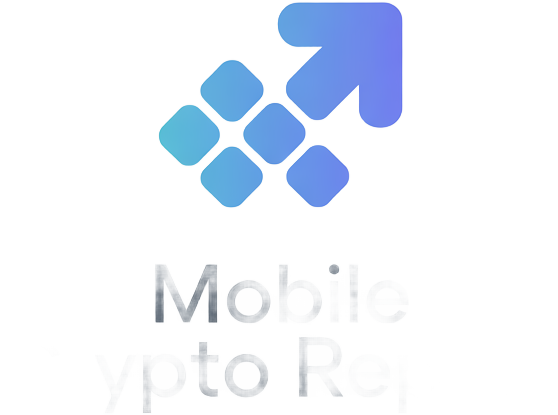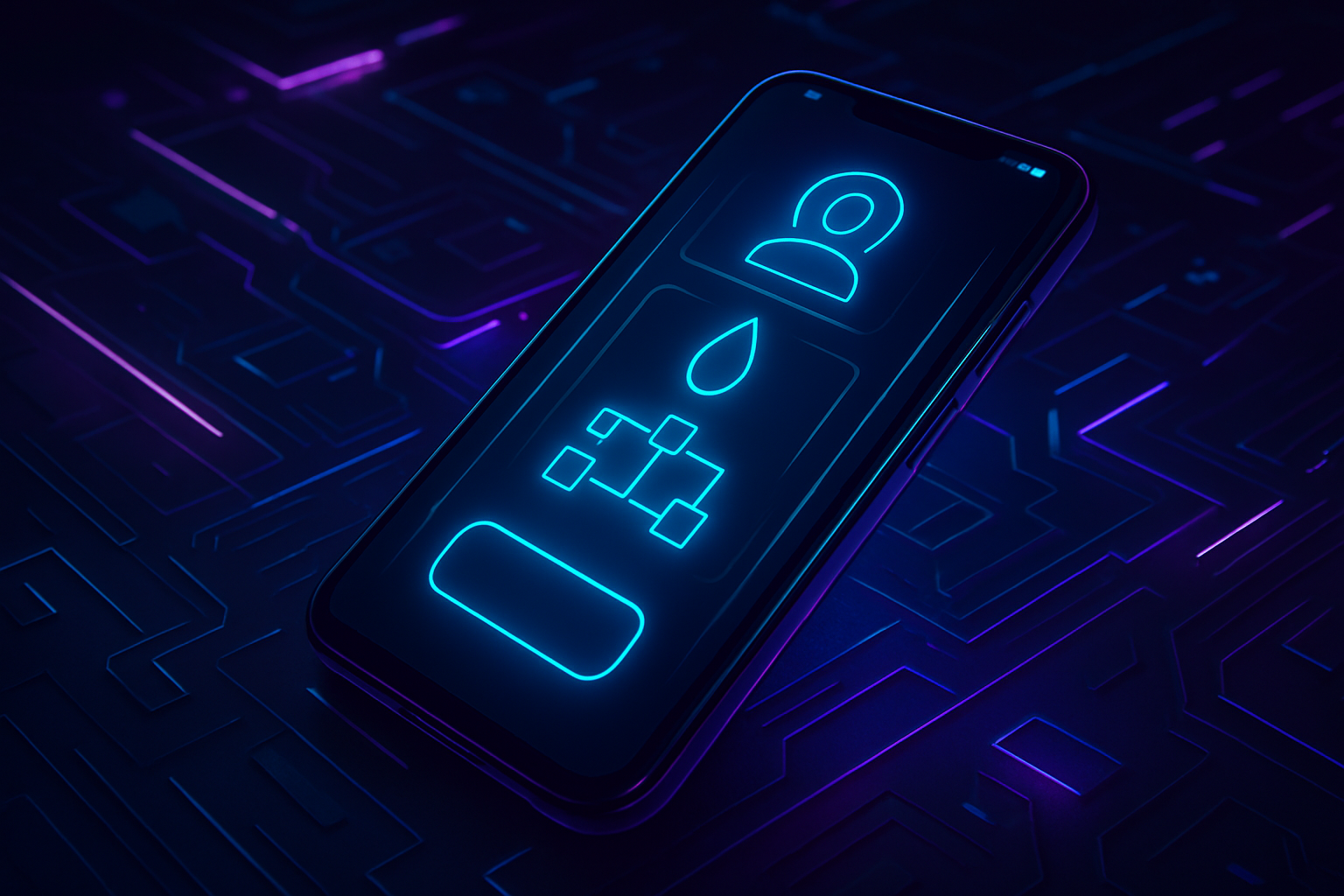
Mobile-first crypto is no longer a distant vision. With the Solana Saga and innovations in account abstraction, gasless DeFi transactions on mobile are not just possible – they’re here. If you’ve ever hesitated to onboard friends or family into DeFi because of confusing wallet setups or the hassle of managing SOL for gas fees, you’ll appreciate what’s happening in the Solana ecosystem right now.

What is Account Abstraction and Why Does It Matter for Mobile?
Account abstraction is a blockchain breakthrough that lets smart contract wallets manage transaction logic and execution, abstracting away the clunky limitations of traditional externally owned accounts (EOAs). On Solana, this means dApps can handle wallet security, transaction batching, and even pay transaction fees on behalf of users. For mobile users, it’s a game changer: no more worrying about holding enough SOL to cover every swap or transfer.
Unlike Ethereum’s EOA model, Solana was designed from the ground up to support flexible account logic. This architecture enables seamless integration of account abstraction features natively – no kludgy workarounds required. The result? You can interact with DeFi protocols directly from your phone without managing multiple tokens or getting tripped up by gas fees.
Gasless DeFi Transactions on Solana Saga: How It Works
The magic behind gasless DeFi transactions on mobile comes from projects like Plena and Octane. Plena acts as a paymaster, covering transaction fees for users so you can swap tokens or stake assets without holding SOL. Octane goes further by letting dApps accept SPL tokens as payment for network fees or even sponsor them entirely. This means that whether you’re swapping stablecoins or exploring new cross-chain swaps on your Saga device, the friction of gas management disappears.
The current price of Binance-Peg SOL (SOL) sits at $219.76, with a 24-hour change of $-12.64 (-0.0544%). For many newcomers, having to acquire even small amounts of SOL just to try out an app can be a dealbreaker – especially when prices fluctuate rapidly. By abstracting away this requirement, account abstraction unlocks true mobile-native UX for mass adoption.
Solana Mobile Stack: Built for Secure Mobile Crypto UX
The integration of Plena with Solana is only part of the story. The Solana Mobile Stack (SMS), which powers Saga devices, includes Seed Vault – a secure custody protocol purpose-built for mobile environments. Seed Vault ensures private keys remain protected while enabling instant signing and approval flows that feel as smooth as any Web2 fintech app.
This focus on security and usability means developers can build experiences that are both safe and intuitive – essential if we want to bring millions more users into Web3 via their smartphones.
But security isn’t the only benefit. Account abstraction on Solana Saga is driving a wave of experimentation in mobile DeFi. Developers are using this flexibility to enable features like social recovery, multi-factor authentication, and programmable spending limits, all managed directly from your phone. This means you can recover access if your device is lost, set transaction approvals for specific dApps, or even automate recurring payments without ever exposing your seed phrase.
Top 4 Ways Account Abstraction Improves Solana Mobile UX
-
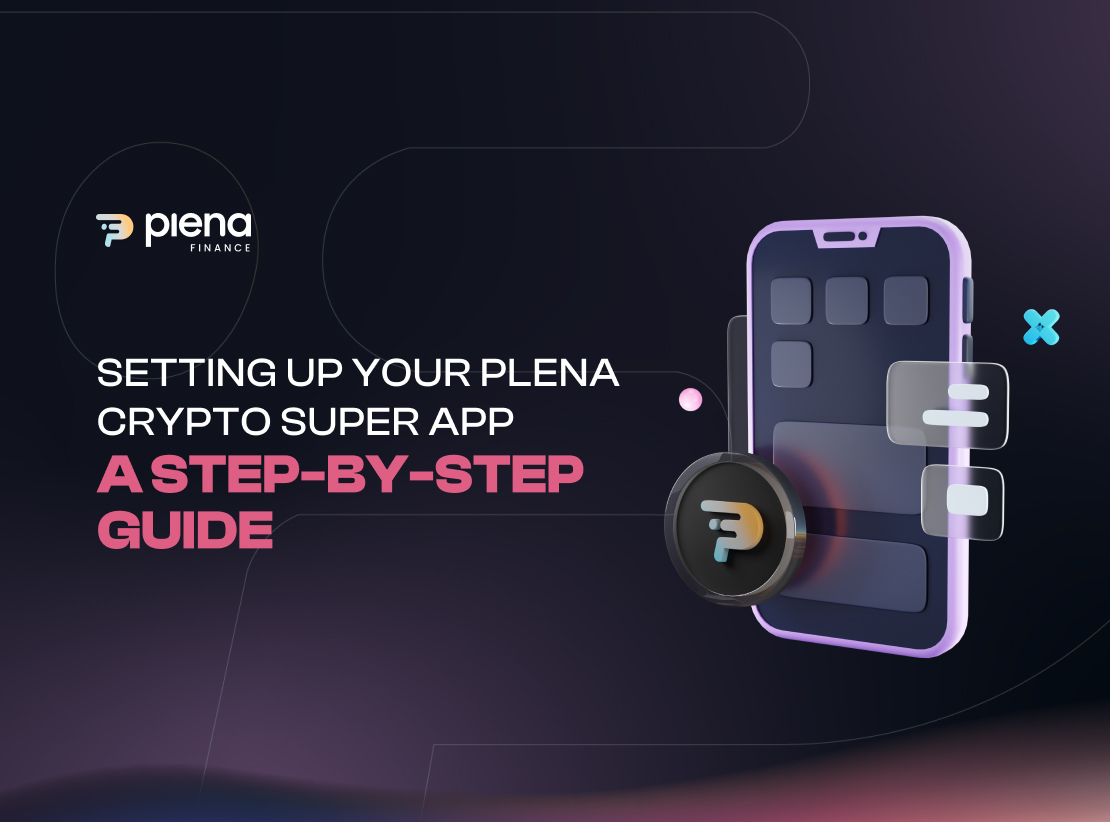
1. Enables Gasless Transactions for DeFi AppsAccount abstraction lets apps like Plena cover gas fees on behalf of users, so you can swap tokens or trade without needing to hold SOL (currently $219.76) for every transaction.
-
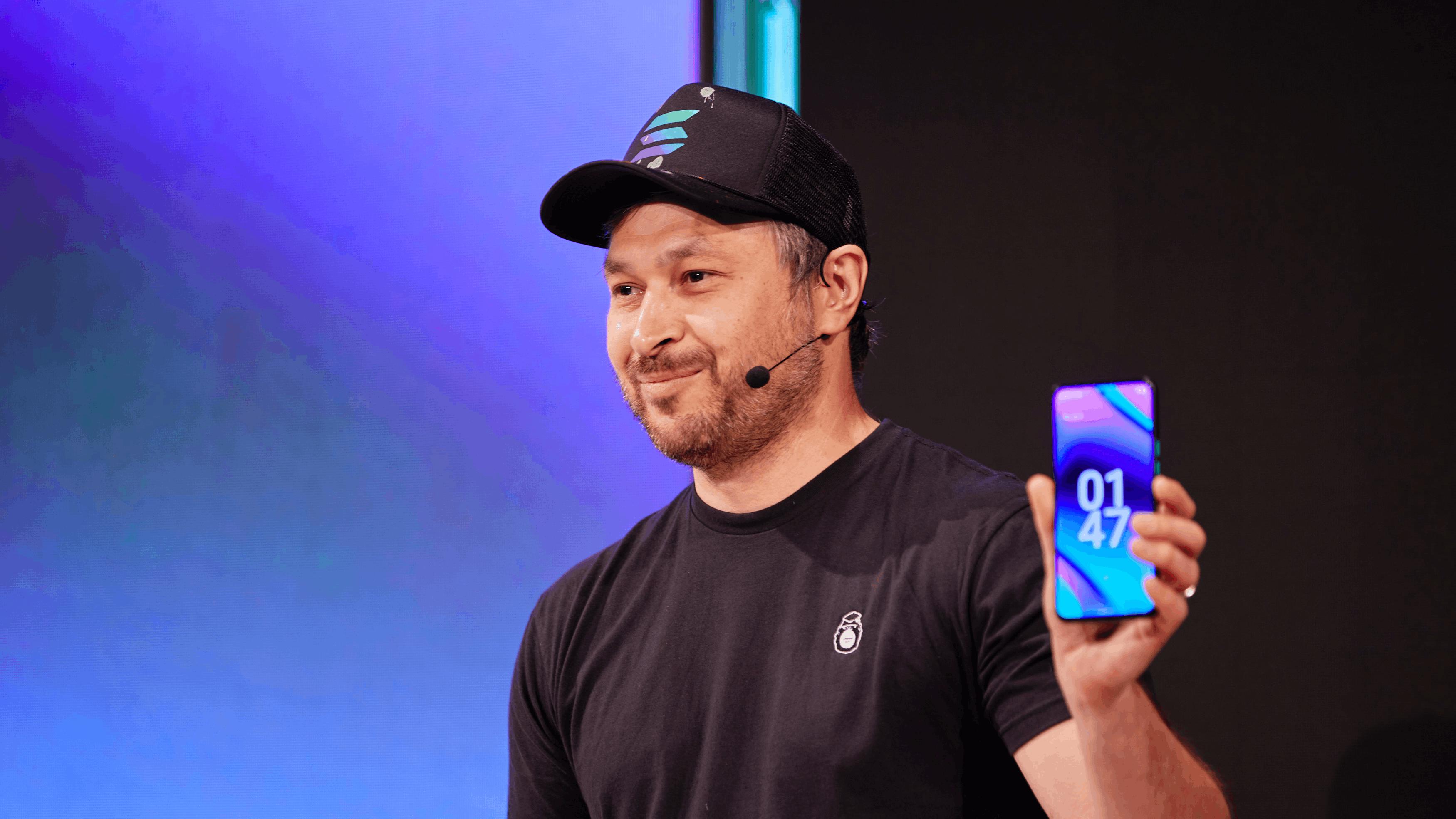
2. Simplifies Onboarding for New Mobile UsersWith account abstraction, users can start using DeFi apps on the Solana Saga without managing complex wallets or worrying about native token balances, making the onboarding process much smoother.
-
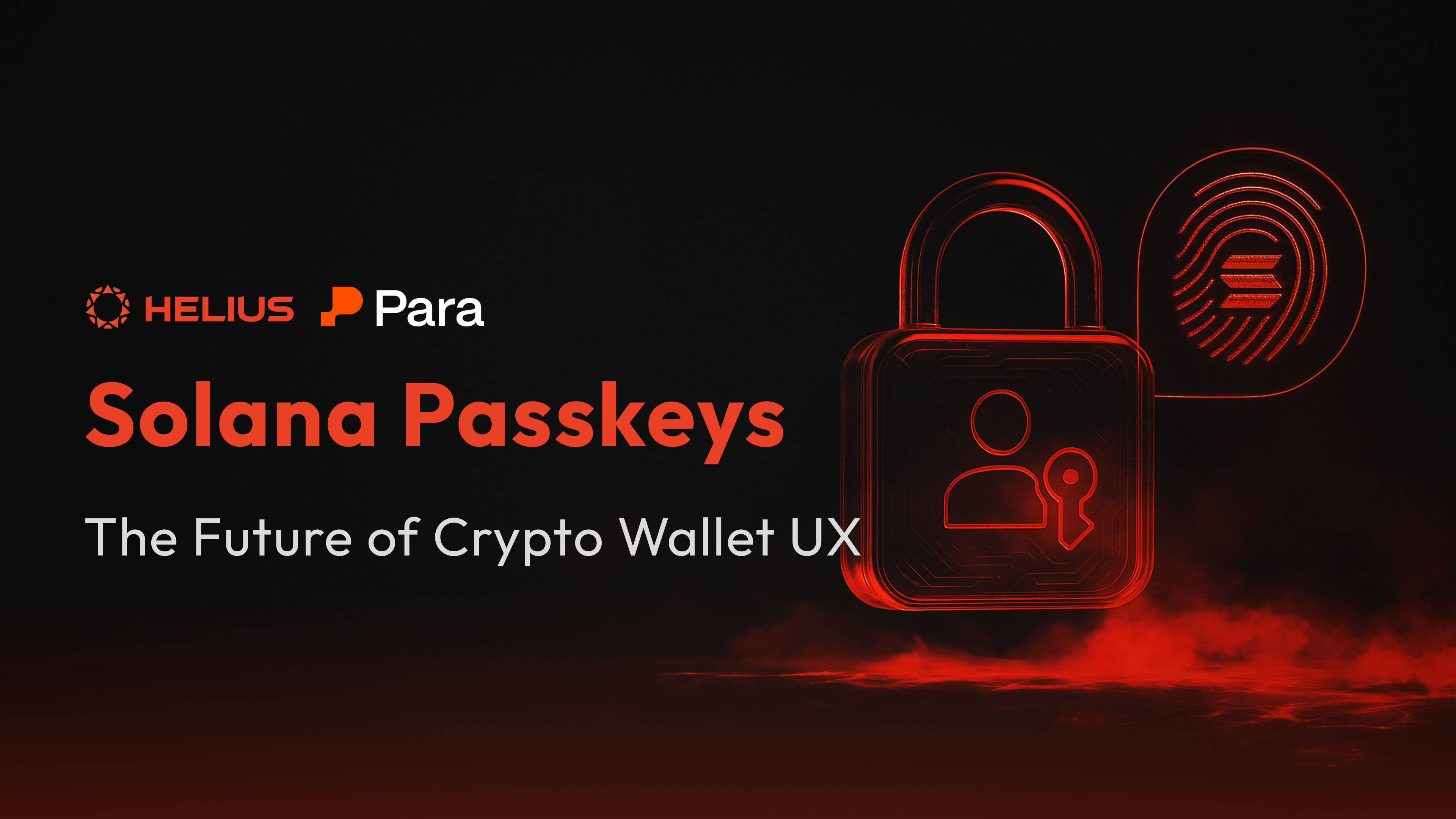
3. Enhances Security with Smart Contract WalletsSolana’s account abstraction allows for programmable wallets governed by smart contracts, improving security by enabling advanced controls like spending limits and recovery options.
-
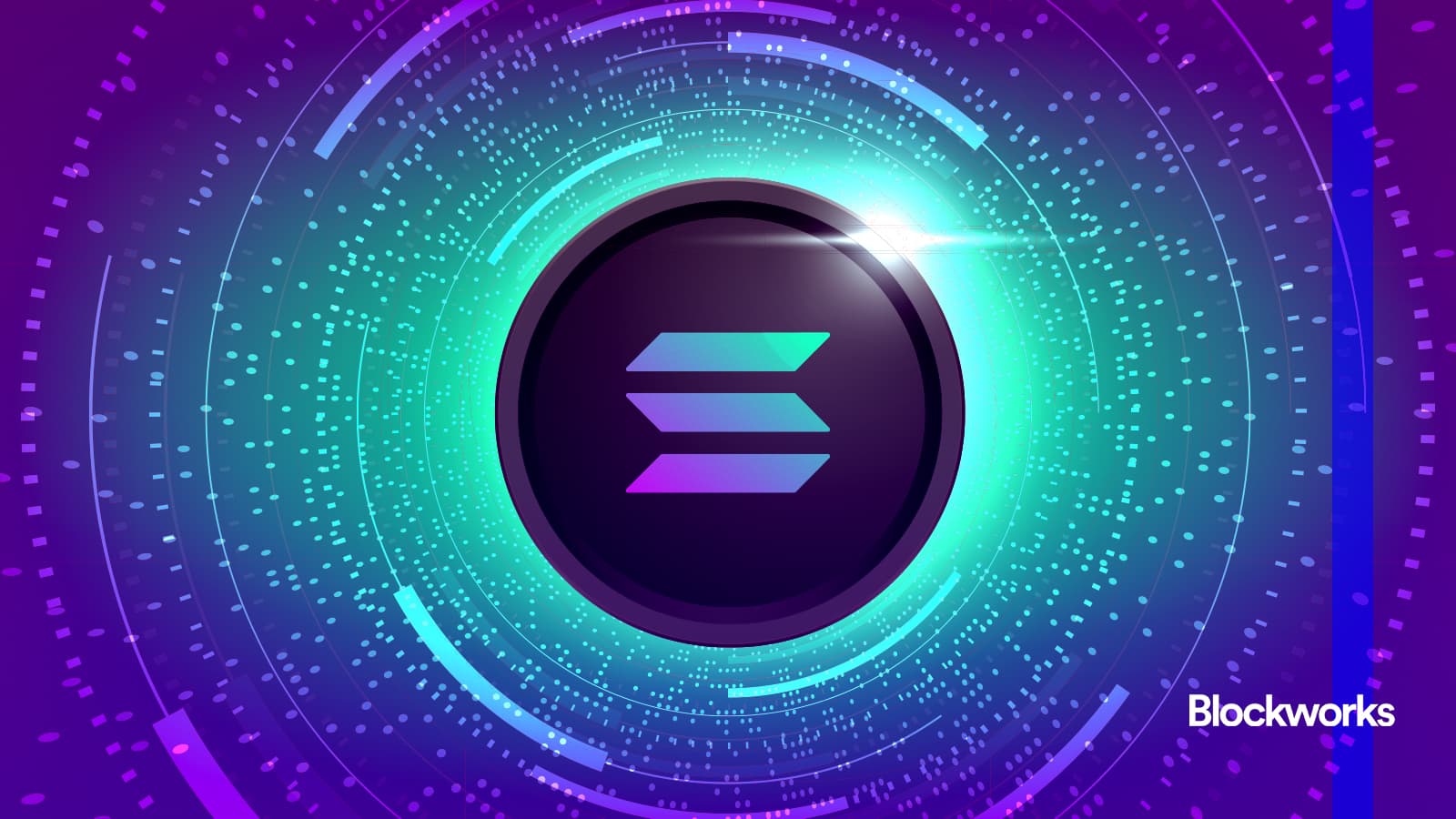
4. Supports Multi-Token Payments and Fee FlexibilityTools like Octane let users pay transaction fees with SPL tokens instead of only SOL, giving more flexibility and lowering barriers for mobile DeFi participation.
Another major unlock is cross-chain swaps on mobile DeFi. With gasless architecture and smart relayers like Octane, users can seamlessly bridge assets and interact with protocols across different blockchains, no more juggling multiple wallets or worrying about running out of gas on the wrong chain. This is especially important as DeFi matures and more liquidity moves between ecosystems.
What Does Gasless Mean for Daily Crypto Users?
For everyday users, the impact of gasless transactions is immediate. Imagine onboarding a friend to DeFi: instead of explaining how to buy SOL at $219.76 just to cover network fees, you simply send them a Saga phone preloaded with a DeFi app where they can swap USDC or stake tokens instantly, no extra steps, no hidden costs. The result? Lower barriers to entry and a smoother path from Web2 to Web3.
This also opens up new monetization models for developers. With paymasters and sponsored transactions, dApps can subsidize user activity during growth campaigns or reward loyal users with fee-free experiences. It’s a win-win: users get frictionless access while builders gain powerful tools to drive adoption.
Security Remains Non-Negotiable
Of course, none of these innovations matter if security takes a back seat. That’s why the Solana Mobile Stack’s Seed Vault is so critical, it keeps your private keys off-limits from apps and system processes alike. Combined with account abstraction, this layered approach ensures that even as UX gets simpler, your assets stay protected by best-in-class cryptography and hardware isolation.
The Road Ahead for Mobile-First Crypto
The combination of account abstraction and purpose-built mobile hardware like the Solana Saga is reshaping what’s possible for mobile crypto UX on Solana. As more dApps embrace gasless flows and integrate with tools like Plena and Octane, expect onboarding to get easier, and more secure, for everyone.
Even as some critics question whether premium crypto phones will catch on (Saga’s $1,000 price tag remains a talking point), there’s no denying that innovations in account abstraction are setting new standards for usability and accessibility in Web3.
Your keys, your crypto, your control: The future of DeFi belongs in your pocket, and you won’t need spare SOL just to join in.
